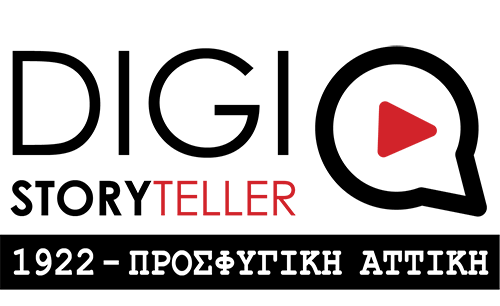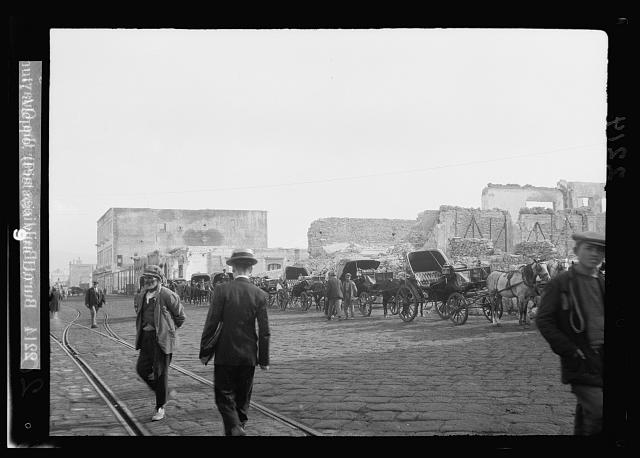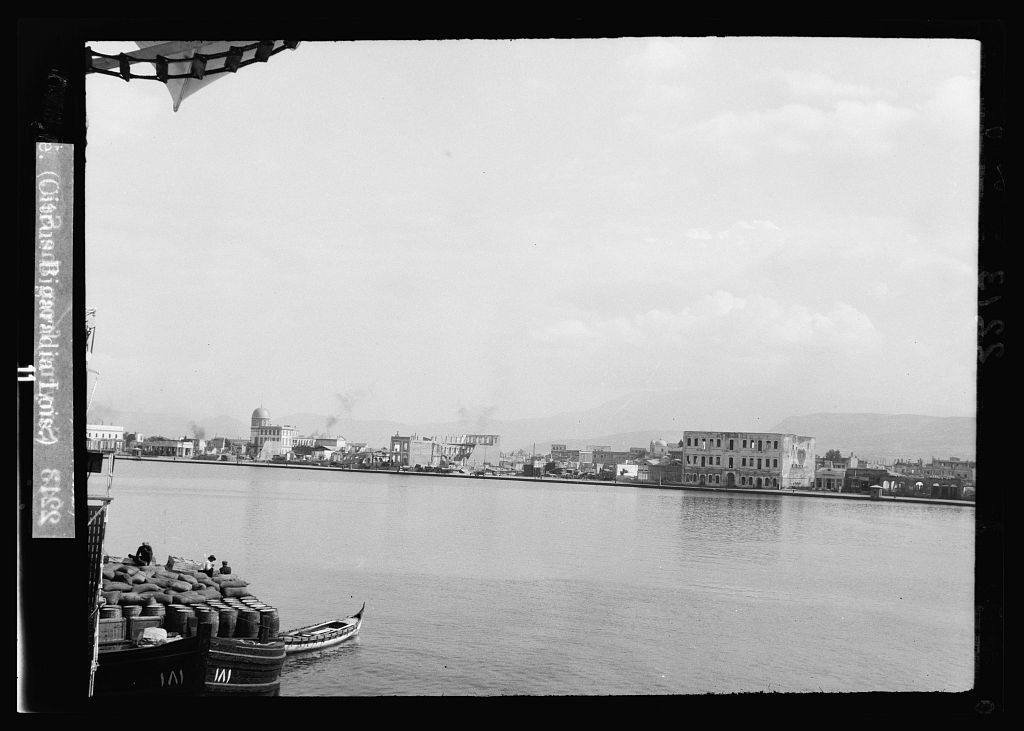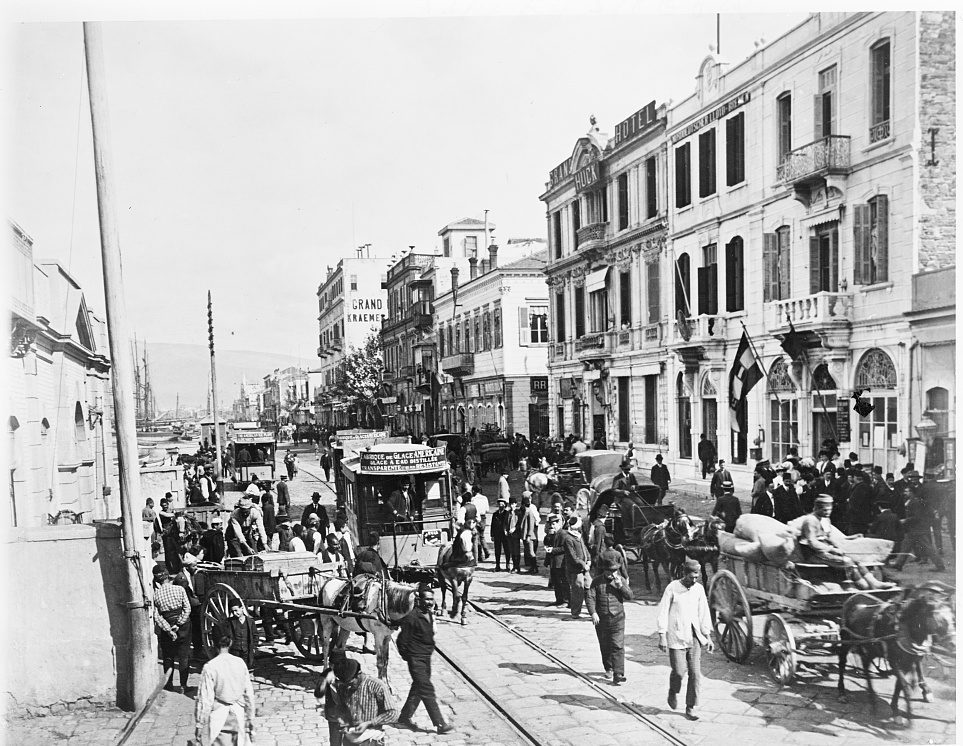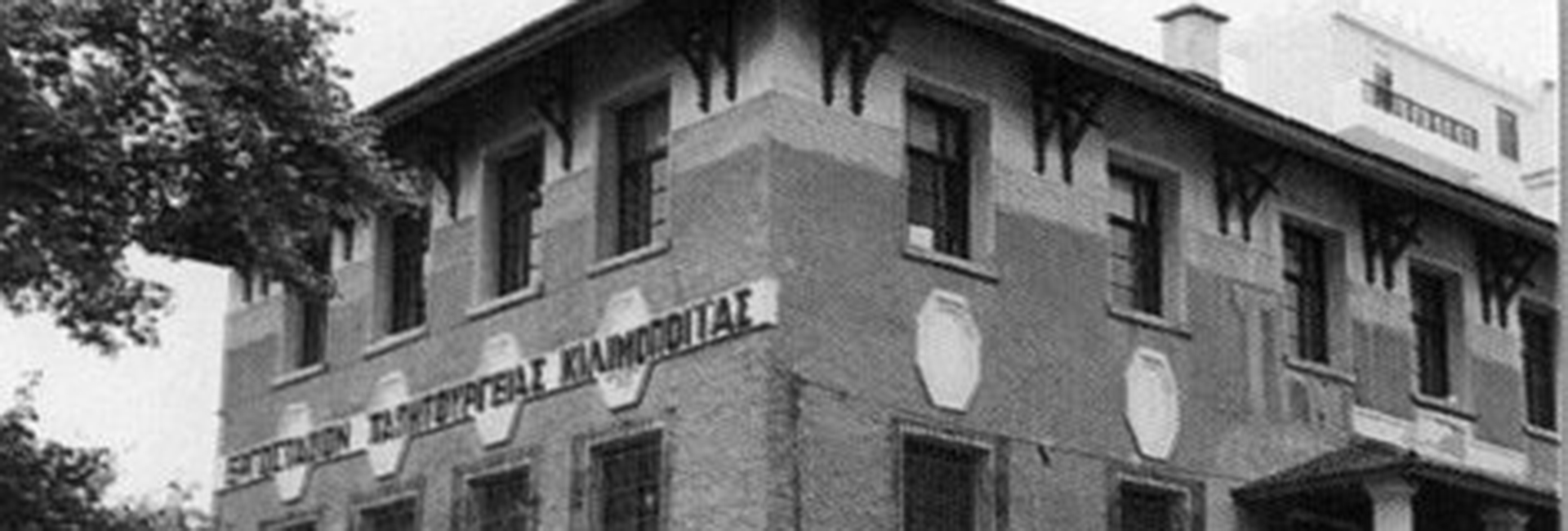
Vyronas
November 11, 2022
Athens Centre II
May 17, 2023Nea Smyrni
Nea Smyrni is a special case. It was mainly established with the intent of being populated by wealthy refugees from Ionia, and, to a lesser extent, from other regions. As in the case of other place names in areas of refugee settlements around Greece, the prefix Nea (new) is used as reference to the old homelands. It signifies return and underlines the links with the “lost paradise” – in this instance, the cosmopolitan Smyrna, “the jewel of Ionia” that was burned to the ground, pillaged, and utterly destroyed in 1922.
The township of Nea Smyrni in Athens is included among the comparatively few cases of Greek townships that were built according to high standards in privileged locations. The refugees from Smyrna who fled to the Greek capital and the wider Attica in 1922 and 1923 pursued the development of a township that would be reminiscent, to the extent possible, of the old home country of Ionia
The area selected for the township was extensive and situated south of Syngrou Avenue. Prior to the settlement of the refugees, and with the exception of the few residents of Faros, the entire district contained nothing but fields as far as the eye could see.
At any rate, there were no obstacles in terms of coexistence with the natives, or integration. There were no conflicts or rivalries. Beneficiaries were offered the land plots in return for payment. The available lots were mostly given to people from the upper and middle classes. However, the systematic and organized construction of Nea Smyrni did not begin before 1929.
As in other instances, the refugee township was built with a steady reference to the place of origin right from the outset (church, school, societies, and sports). After all, the objective was “to construct a particular ethnocultural identity of refugees and try to integrate the past into the experienced space of the present”. The implementation of the respective works, so that the shape and content of the everyday would remind the “lost homeland” and give an impression of continuity to the lives of refugees, would often take many years to complete. Nevertheless, a cornerstone or a crude structure would be sufficient to play the role of symbols.
As in other locations, the construction of Nea Smyrni was preceded by the laying of the foundations of the church of Agia Foteini (1931), which was a symbol of Smyrna. The design was patterned after the cathedral at Ionia, and its construction took 11 years to reach completion!
Education was the next pillar of the plan: the 1st elementary school in Nea Smyrni began operation in 1929 and was followed by a second elementary school during the 1930s, along with the establishment of three private schools and orphanages; in addition, the revived Evangelical School, which was regarded as a beacon of Enlightenment back in the region of Ionia, was solemnly inaugurated halfway through the decade.
Religion – Education – Sports: Dimitris Dallas spearheaded the revival of Panionios. The revived Panionios became systematically involved in many different sports, winning awards both in Greece and abroad, and also served as proponent of the concept of women’s sports. The grand opening of its new stadium was celebrated in Nea Smyrni in September 1940.
The transition from community to State was a process that was both outlandish and difficult, and even more for those who were unfamiliar with the concept of naturalization of the populations. Nevertheless, thanks to their prior experience in self-organization at the communal and societal level back in their places of origin, the refugees established a multitude of unions and associations – already in place and working in 1923 – which, on the one hand, provided practical assistance, and, on the other hand, took action to promote the culture of refugees and to record and preserve their memories, which, in turn, made this transition possible in the medium term.
The Association of Nea Smyrni, which was renamed into Estia Neas Smyrnis in 1939, was particularly active in this respect. Its majestic building will accommodate unique byzantine icons, artifacts from ancient tombs of Ionia, paintings by Photis Kontoglou, drawings by Yannoulis Chalepas, traditional costumes, porcelain items and silverware from Asia Minor, along with rare published texts, such as the correspondence of Ernest Hemingway on the martyrdom of the Metropolitan Chrysostomos of Smyrna.
The latter’s imposing memorial statue, created by sculptor Thanasis Apartis, born in Smyrna in 1899, stands in the eponymous square. This point serves as entry to or exit from the municipality towards Syngrou Avenue and the city of Athens. A small park named Alsos Mnimis, decorated with sculptures and other visual works depicting important historical figures, anonymous heroes, symbols, mythological scenes and events from the long history of Ionia, is the point of entry to the town. The past is relived through a constantly evolving present – this is the essence of the modern-day Nea Smyrni.
